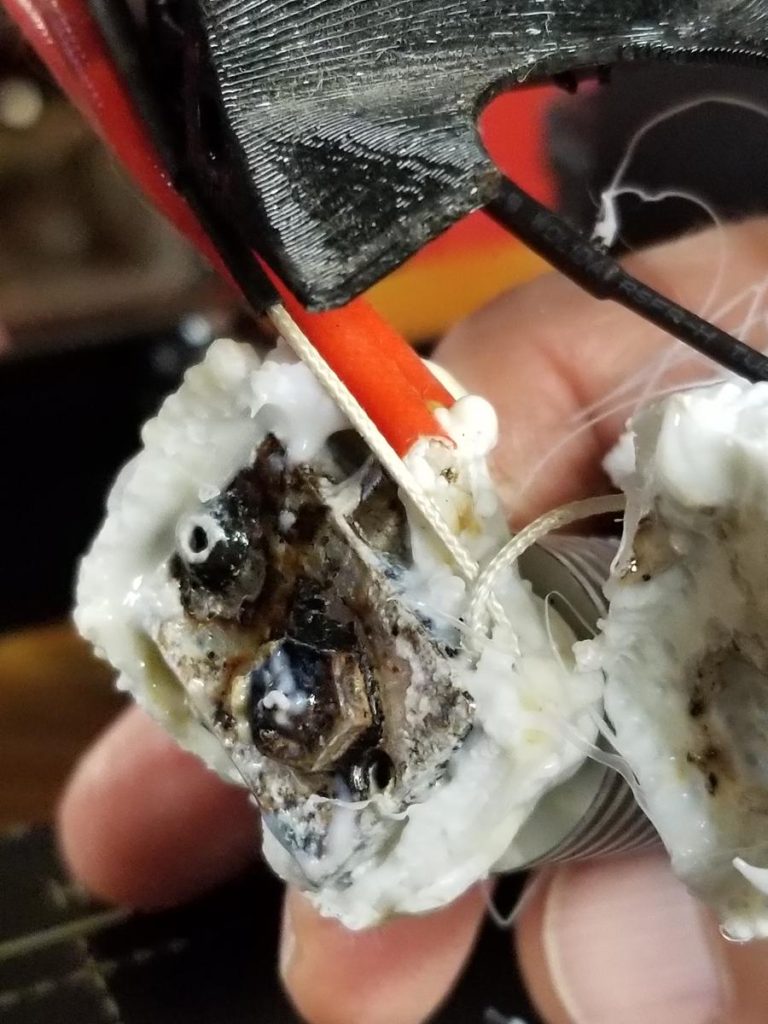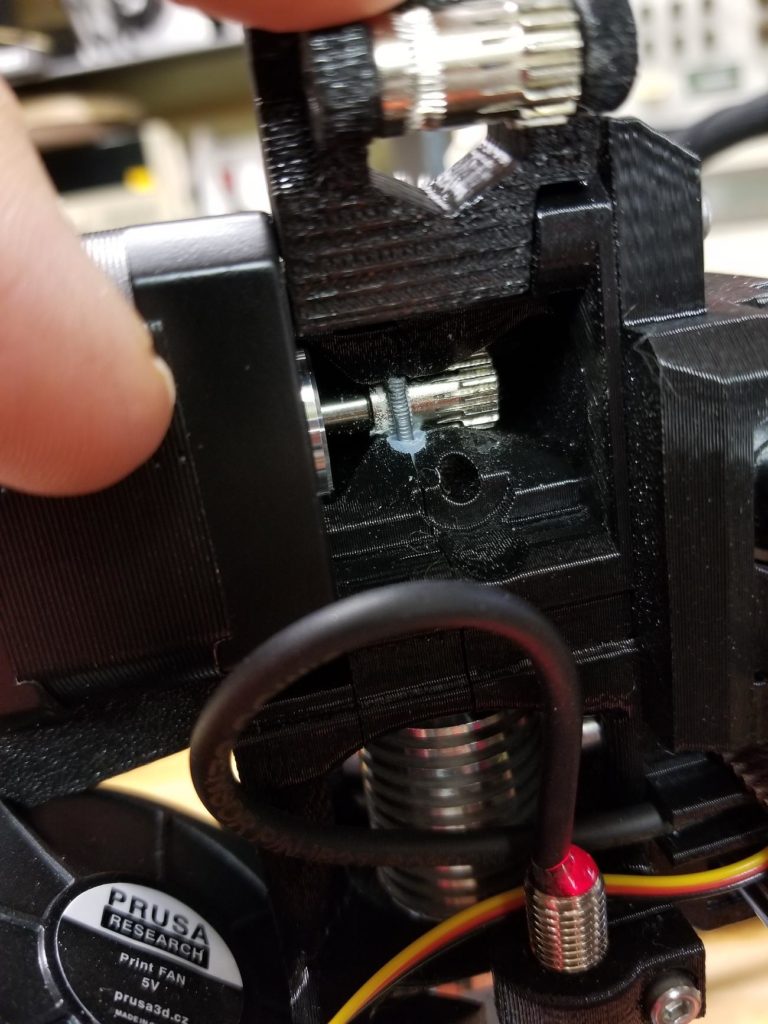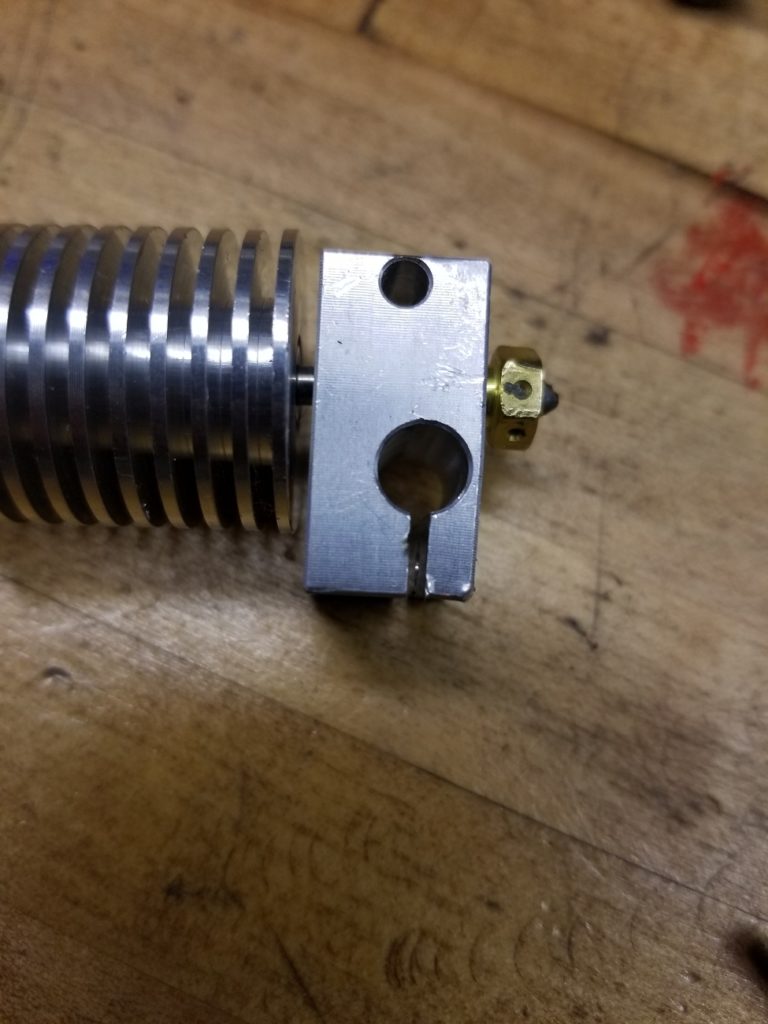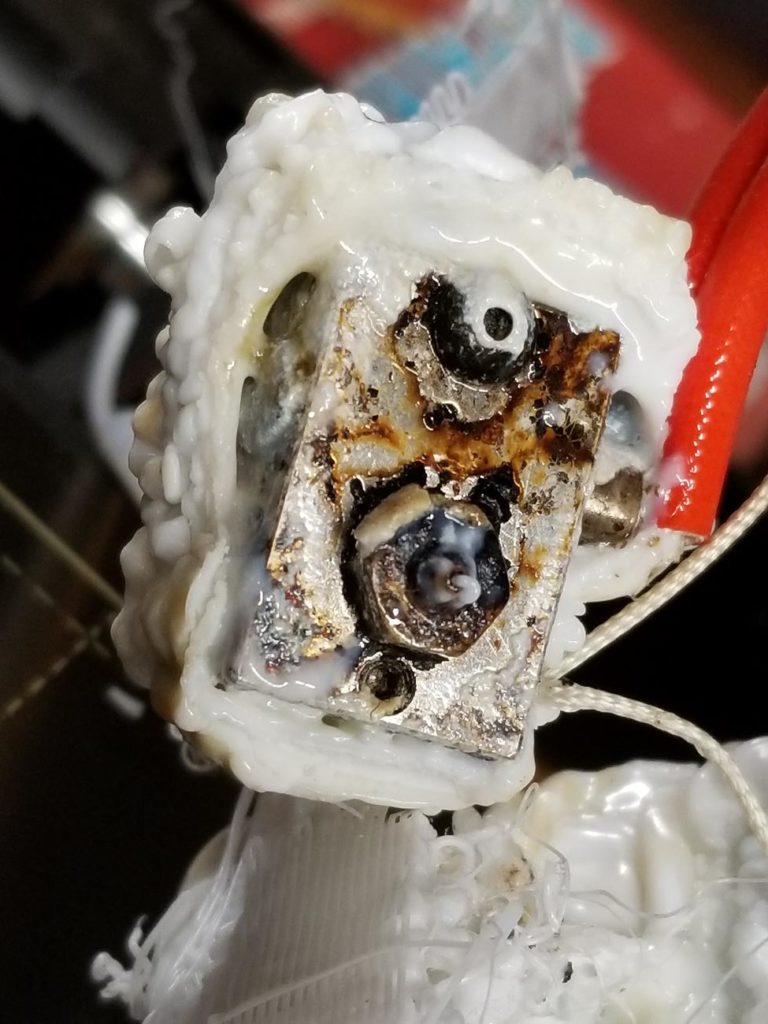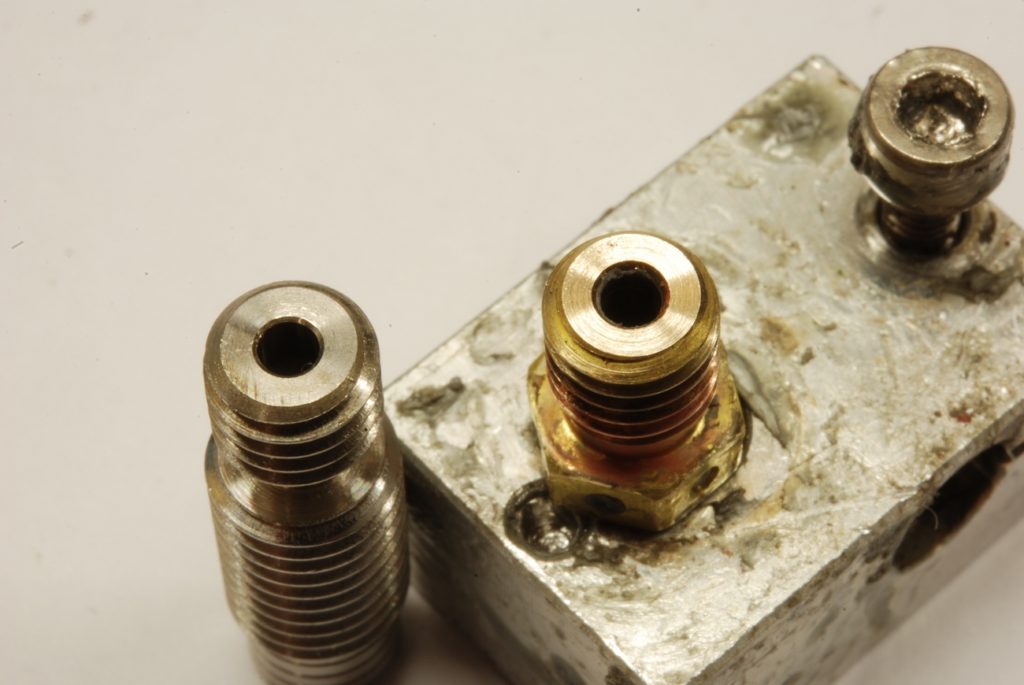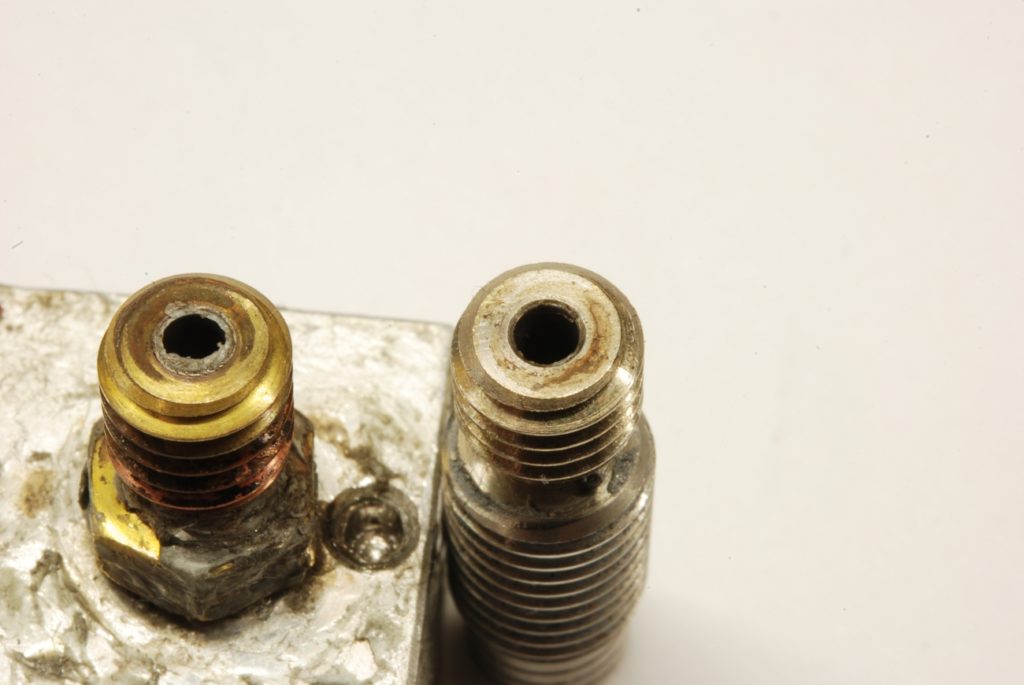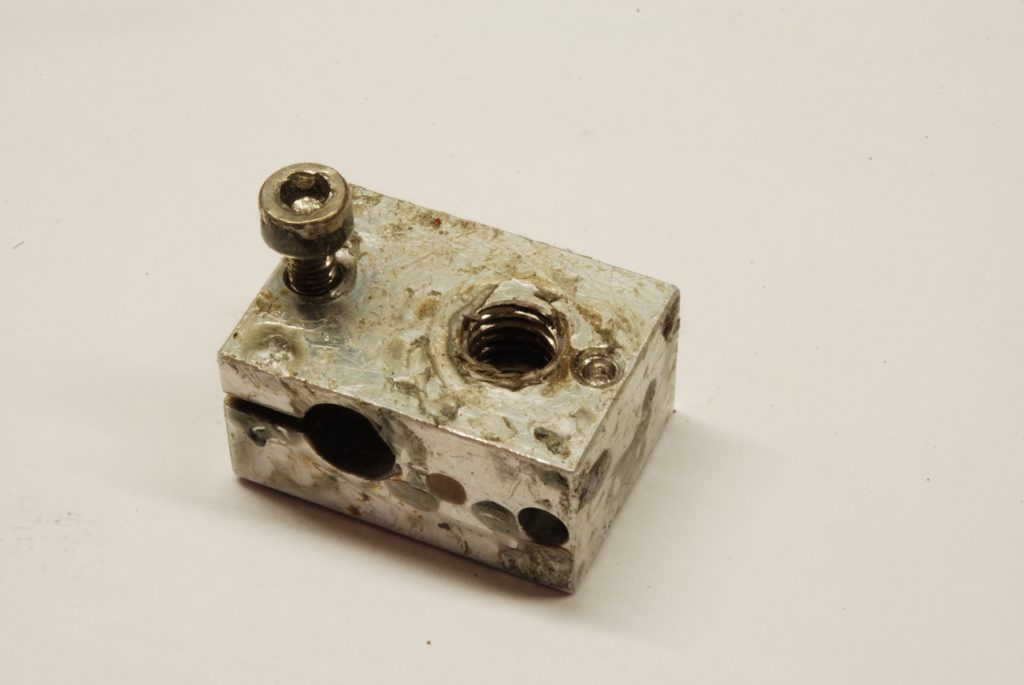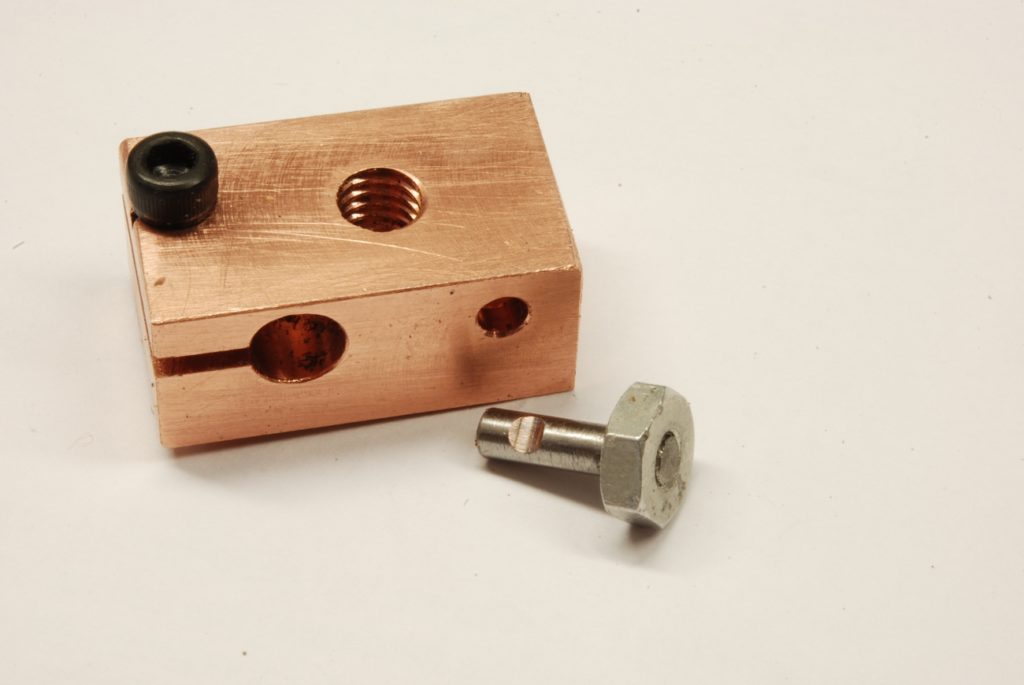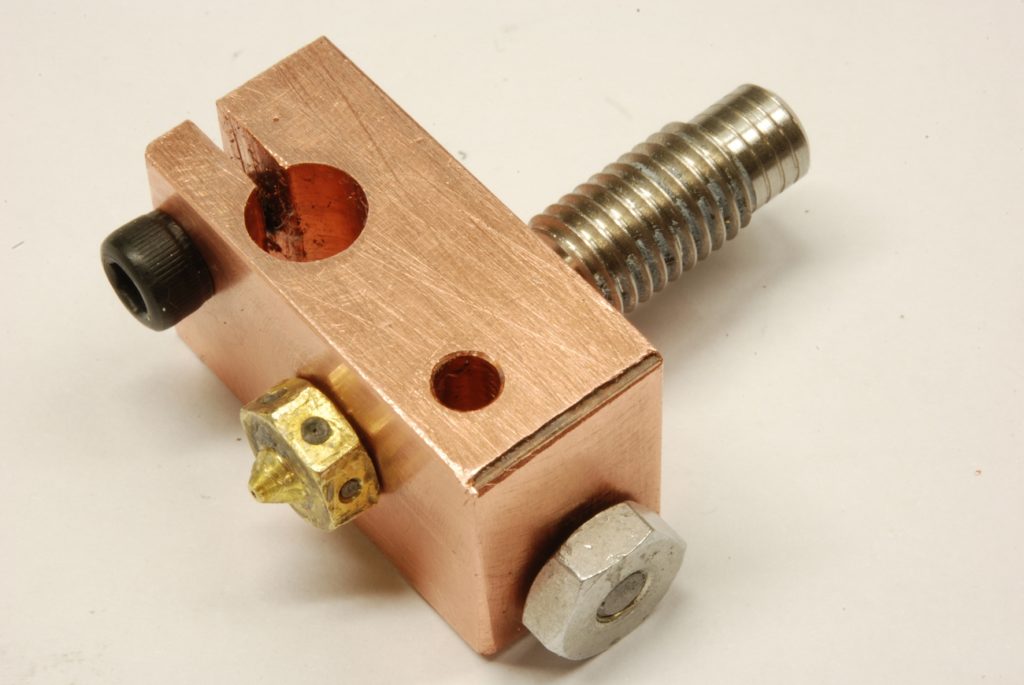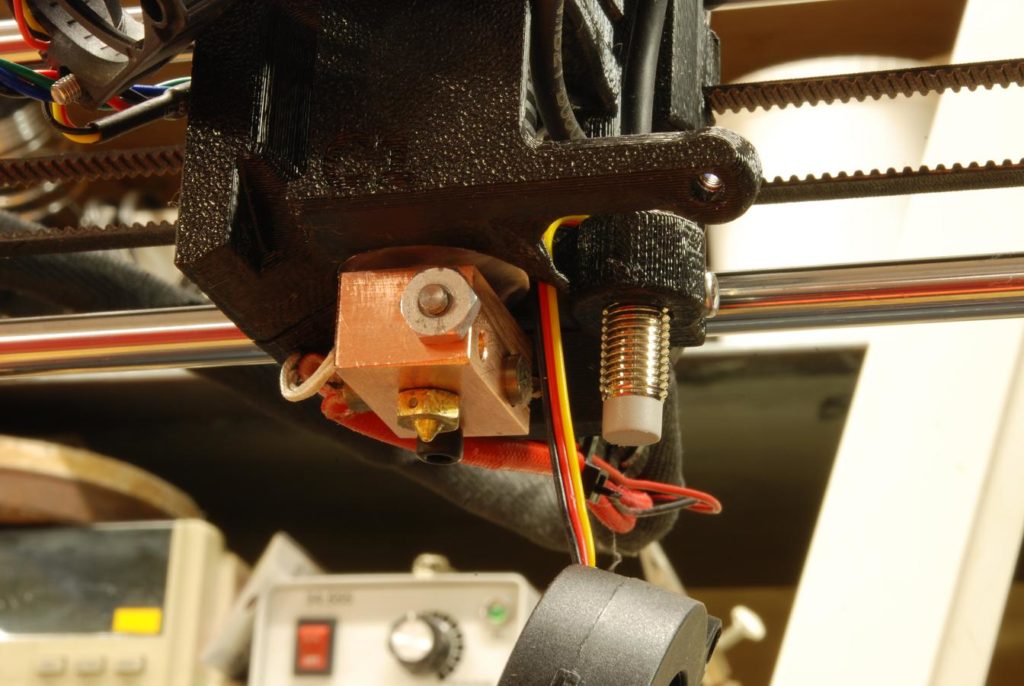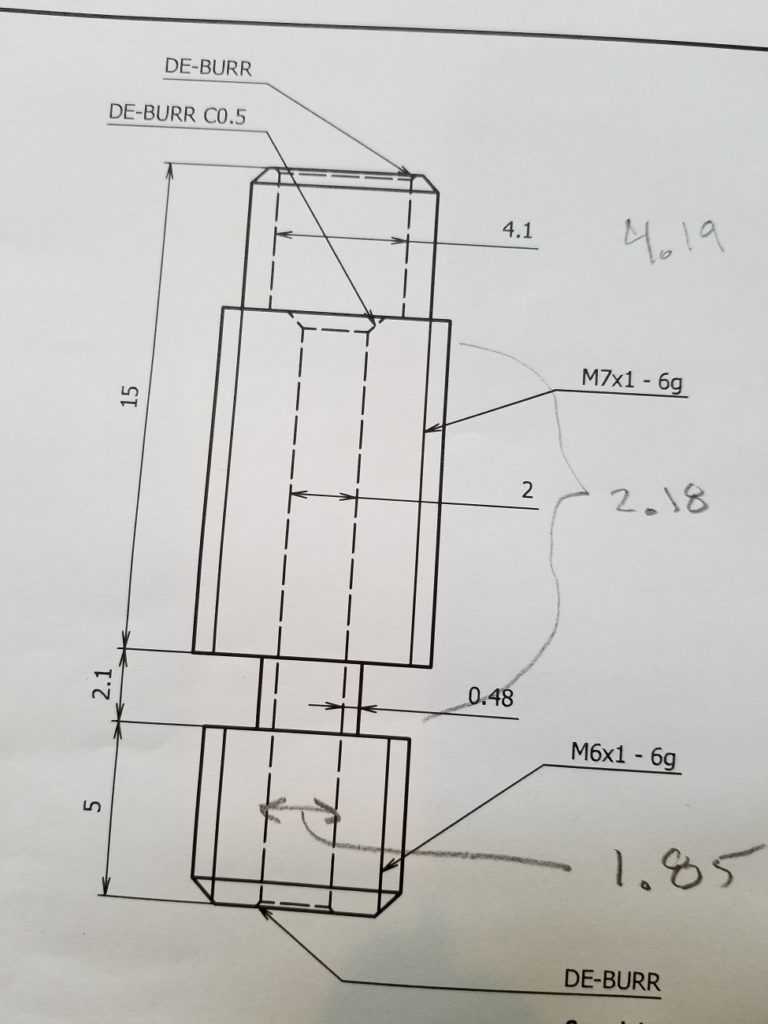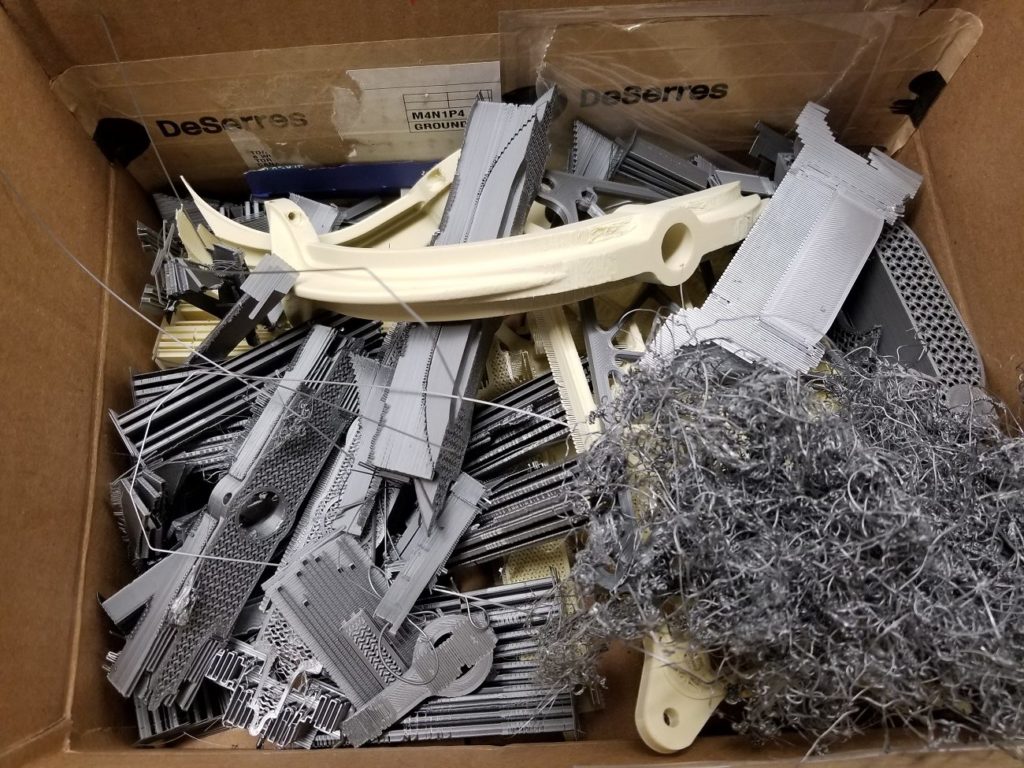Trouble in Paradise
Everybody seems to love their Prusa i3 mk3s printers, right? That’s why I bought one…paying the premium for no hassle expecting “it just works” quality and performance
I got a Dud
It just didn’t just work. That was exacerbated by frustrating dim witted (or just not listening) support people. Or maybe they were bright but suffered that common affliction of assuming the customer is an idiot. Their forums are filled with people with similar or identical problems yet that receives little attention.
Some helpful sorts have suggested I perhaps didn’t assembly it correctly. While I’m not exactly a beginner at things mechanical, anything is possible, however potential assembly issues is negated by the facts. 1) the eventually solution was replacing a badly made/designed part in the hot end. 2) the hot end comes fully assembled!
But wait, as well that ends well.....
I did figure out the problem, one of design and manufacturer. Not to keep you in suspense, it was the heat break. If you have similar problems that tidbit might really help you. If you don’t, lucky you, but still this review might balance some of the sunshine and unicorn accounts out there as there are obviously are quality issues at Prusa
Its a Quality Issue
I had one silly discussion along the lines of “surely is just yours, they wouldn’t be in business if they didn’t ship good printers”
In manufacturing, quality isn’t just how well it works when you get it right, its what you are doing to get it right every time. Mitutoyo as an example didn’t develop a trusted brand by getting their micrometers right 98% of the time. One of the things you pay for with a premium product is that they have their QA & QC stuff figured out – it costs money to do which in part equates to the higher price.
I agree that the majority are likely fine, or they wouldn’t be in business, but that is irrelevant. What are the facts? Some they ship are good (most people), and some they ship are bad (mine and some others). That is a quality issue and I suggest quality issues are important in decided if their premium price is worth it. There are also aspects of poor design and materials that exacerbated the problem that I will present my arguments on , however they were miserable frustrations vs it “it just doesn’t work” show stoppers. Still, they are relevant to evaluating quality.
I hope they do fix it as once I managed figure out the issue its been a good printer. I bother posting all this so other see both sides of them and if someone had the same problem and reads the above they’ll save a lot of time (and plastic!) getting out the the BS an into successful printing
The Symptoms
The main problem I had was constant jamming of material in the extruder.
It’s serrated wheels would keep turning and grind the filament into dust and it would be impossible to extricate without breaking the filament.
That then meant the hot end had to be disassembled to clear the jam
The Sound of Failure
Here’s what happens. The hot gets jammed, no more plastic is extruded. The clicking sound is the printer trying force the filament down into the extruder
Sometimes, using small side cutting pliers, you can get a grip on the filament and pull it up and out
More often though, it breaks. That means a hot end disassembly
the Hot End Assembly
More Design/Manufacturing Flaws
The two fasteners hold the the heater and thermistor are made of the cheaper garbage steel imaginable. There are the worst quality fasteners you can get. For a premium priced engineering product that is a big fail.
Secondly, put point downward out of the body of the heat block – the worst possible place for them to get filled with plastic
Double Jeopardy
Remember the problem was things jamming? To fix it you need to disassemble the hot end, right? We haven’t got to resolving the jamming yet, however these poor quality fasteners stymie disassembly needed to clear the jam
Imagine the frustration.
The bloody printer has jammed again.
Have to get the heater and thermistor out of hte body to take the hot end off the printer – there is very little slack in the wires so you doing this close to in situ at a bad angle
The wires are really fragile so you carefully holding it trying not to strain them
Then the poor placed fasteners are filled with plastic from a different type of fail (as per photo above)
So you heat it up, trying soften the plastic and not to burn your hand.
But after a couple of times the shit quality fasteners start to strip. Now you’re holding the assembly, trying not to break the wire while drilling out the gum metal fasteners
Dang, broke a wire!
This happened several times. Having no clue what the problem is and getting no support from Prusa (beyond “try updating the firmware”)(which of course did nothing)
The stripped fasteners can be seen to the right
An Improved Hot End
To alleviate these very frustrating issues, I made the hot end shown to the right.
- The clamp hole correctly fits the heater. Only a little torque is required for firm locking
- The thermistor is locked with a cotter mounted to the side – no chance of a lousy set screw getting filled with plastic
- A good quality socket head cap screw is used. It will be replaced with a low profile external hex fastener eliminating any change of socked head filling up with plastic
- The body is copper for improved head conduction
the Root Cause - Where Prusa Screwed Up
The culprit it turns out was the heatbreak. The design Prusa used as an open source design, the E3D print head. However Prusa took it upon themselves to change the design. My unit had a heat break with dimensions as shown by my hand written numbers in the drawing
I wrote a detail report to Prusa as to what was going on, complete with photographs and measurements including the drawing to the right. I was told the heatbreak dimensions changes were their improvement and to check the firmware version. Grrr.
This is wrong in my opinion. The thing did not work 50% of the time because of a design flaw. The frustration was amplified by the crappy fasteners and locking method making disassembly a nightmare – right up to having to drill out the fasteners.
The Solution
Very simple. Replace the OEM heat break with a correctly made one that follows the E3D design – a straight 2mm bore all the way through. They are readily available on Aliexpres (as are the the heaters and thermistors at a substantial savings over Prusa’s prices.)
Of course it was really simple after discovering it, but what a frustrating path to have figure out and with no intelligible support. This was frustrating after paying for a premium printer, in large part so one wouldn’t have these problems.
After fixing it, I will say the printer has worked well and has been used a lot. Aside from some sour grapes, the point of this page is to document the heat break issue and hopefully save someone some misery – as a 3D printing newbie it was not an easy flaw to identify
Fair is Fair
Here’s some of the wasted plastic (and time) until I discovered the printers flaw and as able to correct it (with no help from Prusa)
I asked Prusa to replace the 3 spools of filament wasted. It was the result of their poor engineering/design/manufacturing that directly caused the problem. (Proof positive imo, I replace the heat break with the correct E3D design and its worked perfectly since.
They did not respond to my request
